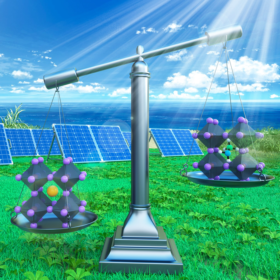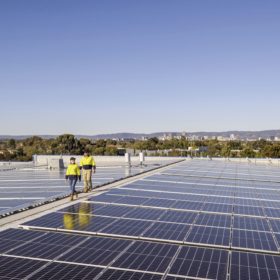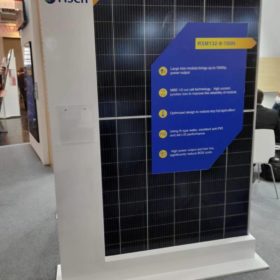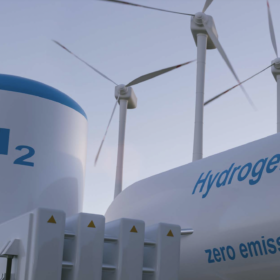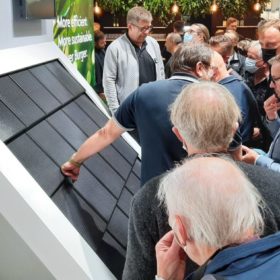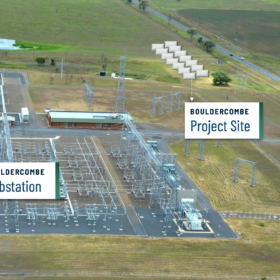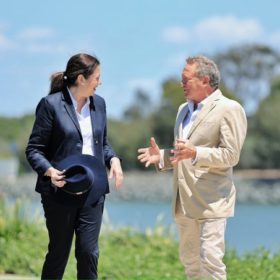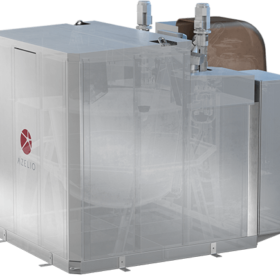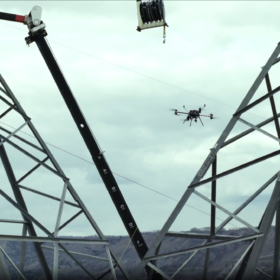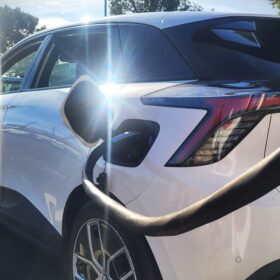New tracker design for agrivoltaics
Spanish company Axial Structural is introducing a new type of tracker for agrivoltaic installations. The product can be adapted to various ground conditions and gradients, with programmable to optimise light and shade for different crops in different climates.
Strong potential for inorganic perovskites
Scientists in the United States have developed a method to compare the performance and number of defects in different perovskite cell materials. Based on simulations and work with prototype materials, the group finds that all-inorganic materials have higher potential efficiency than their more widely researched organic-inorganic counterparts.
Saturday read: Powerful equation to expand C&I
Big rooftop PV systems on factories, warehouses and public buildings need not be limited by ownership issues nor local grid capacity, claims Australian innovator EleXsys Energy. The company is maxing out an Ikea in Adelaide, Australia, with solar and storage. And it claims its smart technology can allow the same to be done elsewhere.
Risen showcases n-type solar panel with output of 700 W
The 210 mm module can reach a power output of up to 703.6 W and a power conversion efficiency of 23.08%. The result was confirmed by Germany’s TÜV SÜD.
Why the NSW hydrogen strategy is ‘smarter’ in its $80 billion industry proposition
The New South Wales government at long last released its hydrogen strategy today. The wait, according to hydrogen expert Andrew Horvath, has been worthwhile. He described the strategy as clever in its approach to drawing longterm hydrogen investment into the state. “It’s a little bit different the way [NSW] looked at it,” he told pv magazine Australia, refuting the strategy’s branding as less ambitious than other states.
Meyer Burger unveils new solar tiles
Meyer Burger plans to start selling a new building-integrated PV product from 2022. It says the solar tiles have a high energy yield, with simplified installation and the ability to also provide heating. German engineering company paXos designed the tiles.
Genex Power seizes the opportunities for renewable energy storage at the north end of the NEM
The first big battery to stand alone without government support, Bouldercombe Battery Project capitalises on Genex Power’s experience gained on the road to Kidston Clean Energy Hub.
Contracts are out for major SA construction works on Project EnergyConnect
Nothing if not critical, the 900 km renewable energy transporter is inching towards shovel time. This weekend ElectraNet awarded transmission and substation contracts for South Australia’s piece of the electron super highway to Australia’s National Electricity Market.
Fortescue Future Industries to build a 2 GW hydrogen electrolyser plant in Central Queensland
From iron ore magnate to renewable energy mogul, Dr Andrew ‘Twiggy’ Forrest intends producing everything he needs to turn the world away from fossil fuels to green hydrogen. The latest? A renewable energy infrastructure-manufacturing facility in Aldoga, near Gladstone.
Electro-thermal storage system for commercial applications launched
Developed by Swedish manufacturer Azelio, the system stores renewable energy in recycled aluminium and has an electrical and thermal energy output, with a total efficiency of 90 %. One unit’s storage capacity reaches 165 kWh of electrical output and on top of that thermal energy between 55-65 degrees Celsius. Its modular configuration allows the deployment of projects with a capacity of up to 100 MW.
